Over the last several months most of the big news from outer space has come for manned space missions but this month there are also several robotic missions making headlines along with the manned spaceflights. Let’s start with the manned missions.
Following last month’s Inspiration Four tourist spaceflight aboard Space X’s Dragon capsule, see my post of 2 October 2021, this month the Russian Space Agency Roscosmos launched the first film crew into space to the International Space Station (ISS). Taking off on October 5th aboard a Soyuz capsule were actress Yulia Peresild and producer Klim Shipenko along with veteran cosmonaut Anton Shkaplerov.
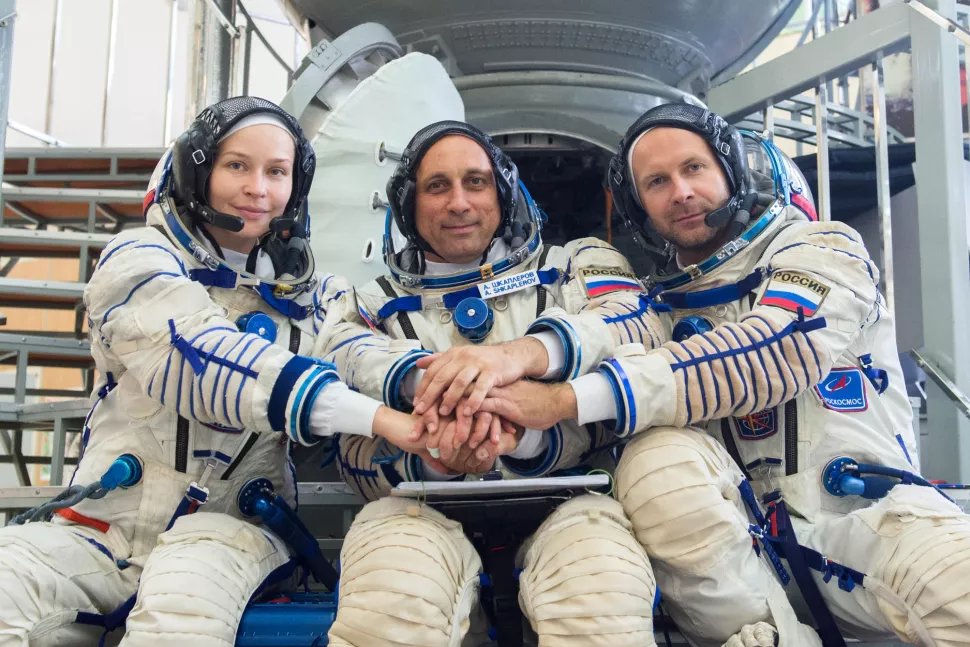
The two entertainers remained on the ISS for ten days filming scenes for a new movie that is entitled ‘Challenge’. The plot of the movie concerns a medical emergency aboard the ISS for which a doctor from Earth has to be rushed to the station, which actually sounds like a good story for the first movie to be made in space. After completing their filming aboard the ISS the two returned to Earth on the 16th along with the veteran Shkaplerov.

Going forward the commercialization of space will undoubtedly see movie production as a major component of its revenue. The American actor Tom Cruise has for several years now been trying to put together a location shoot that will put him aboard the ISS and other production companies will certainly follow. Time will only tell if box office receipts can justify the high cost of filming in space.

And China also made news with the launch of the Shenzhou 13 mission to their Tiangong space station. The launch took place a little after noon eastern time on the 15th with Taikonauts Zhai Zhigang, Wang Yaping, and Ye Guangfu aboard. Once in orbit the capsule successfully docked with the space station after a flight of about 6 hours. This second mission to China’s new station is expected to last six months.
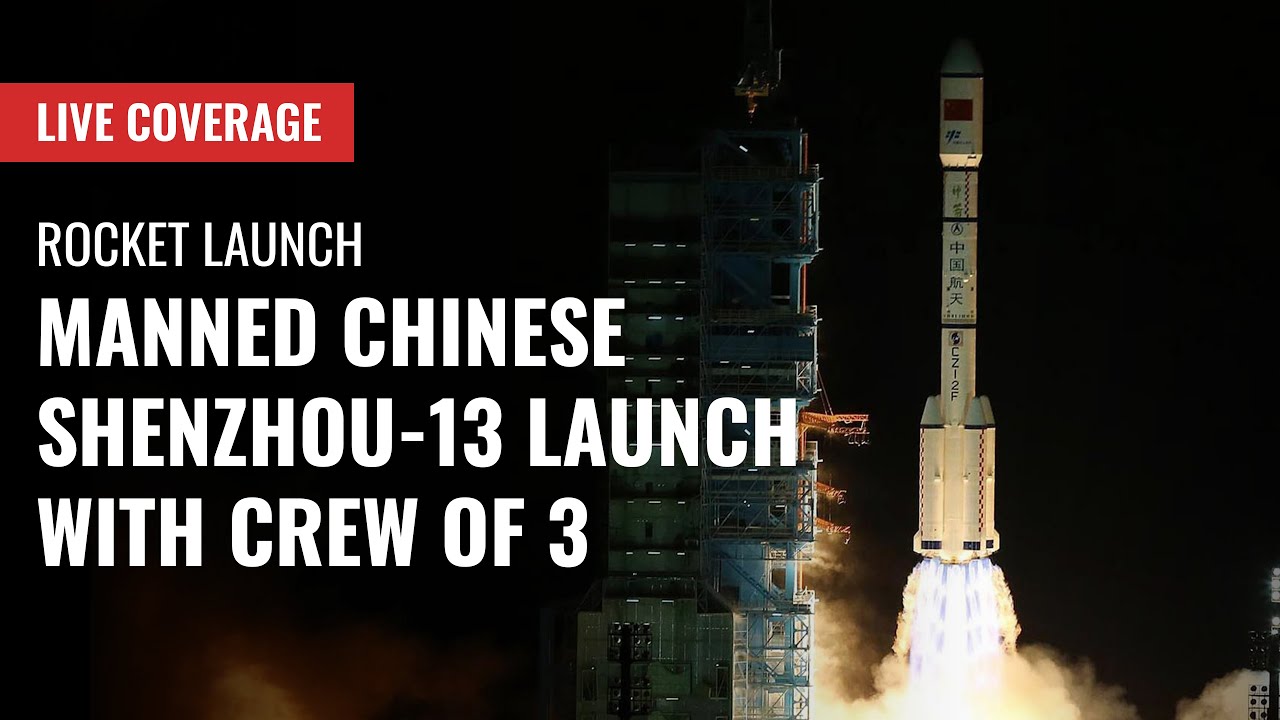
Speaking of going forward that appears to be one thing that Boeing’s Starliner manned capsule is not doing. Ever since its final unmanned mission to the ISS back on August 3rd was cancelled the aerospace giant has been attempting to fix a problem with 13 stuck valves in the capsule’s service module. Even though Boeing has identified what it considers the likely cause of the problem and is taking corrective measures testing of the fix will take weeks if not months. Because of that the capsule’s final unmanned test mission, designated as Orbital Test Flight 2 or OTF-2 has now been officially pushed back until sometime in early 2022.

Starliner is already several years behind schedule and well behind Space X whose Dragon capsule has now successfully sent 14 people into space and is preparing to send another four later this month on the 31st of October. Because of all the delays with Starliner NASA has quietly reassigned the two astronauts who were scheduled to fly the capsule’s first manned mission to another mission aboard Dragon. According to NASA the space agency did not think it was fair to the two astronauts to make them wait any longer for a chance to go into space. I may be reading too much into that but it certainly doesn’t seem like a vote of confidence in Boeing.
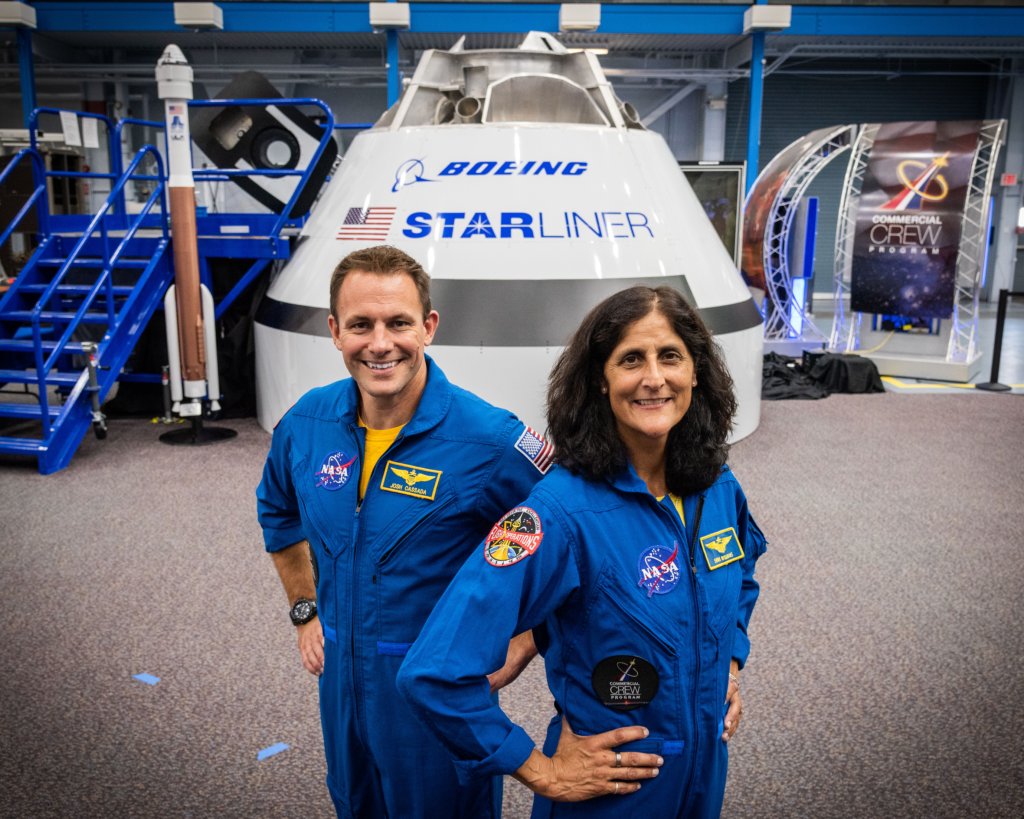
And before I leave manned spaceflight I must mention Captain Kirk’s finally getting into space. Yes I know it was really the actor William Shatner who on the morning of the 13th of October flew to a height of about 100 km aboard Blue Origin’s New Shepard capsule. The ten minute flight was only sub-orbital but upon returning to Earth Shatner was visibly emotional, claiming the experience to be “…the most profound in my life” and that “I hope I never recover from it.” Sentiments worthy of the Captain of the Starship Enterprise.
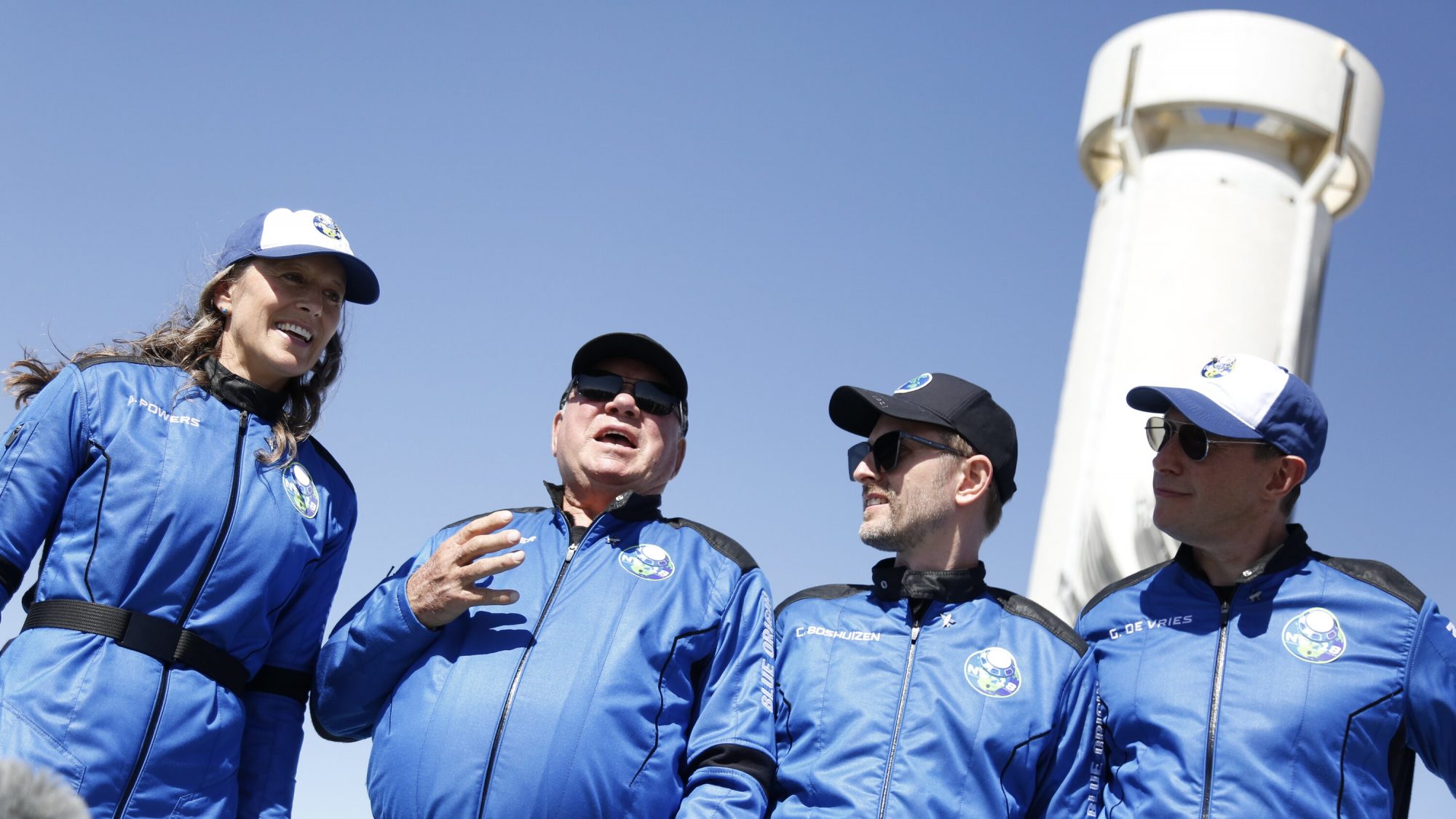
There is also a lot of news this month coming from beyond Low Earth Orbit (LEO) thanks to our robotic probes. The combined European-Japanese spacecraft BepiColombo has finally reached its destination of Mercury flying by the closest planet to the Sun on October second.

Getting to Mercury has been no easy task; prior to BipiColombo only two spacecraft had managed to reach the innermost planet in the solar system. You see, because Mercury is nearest to the Sun it has to orbit at the greatest speed of any planet in order to balance out the enormous pull of the Sun’s gravity. And when it comes to interplanetary travel speed is just as important as distance so a trip to Mercury can be every bit as difficult as a trip to Neptune.
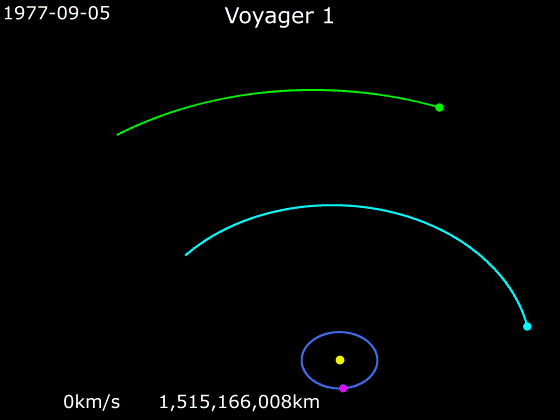
In order to make such difficult journeys space scientists make use of other planets, closer to the Earth, to give their spacecraft a gravity boost. Voyager 2, the only probe so far to reach Neptune first flew by Jupiter, Saturn and Uranus, getting a gravity boost as it flew by each planet on its way to Neptune.

Since being launched in October of 2018, BipiColombo has already gotten several such gravity boosts, one from our own planet Earth and two from Venus, the planet between Earth and Mercury. And BipiColombo still isn’t finished, the Mercury encounter on the second was only a flyby, the spacecraft has to perform five more flybys of the planet before it can finally settle into orbit around Mercury becoming the first spacecraft to do so. Only then, in the year 2025 can its real mission of exploration, scheduled to last five years, begin.
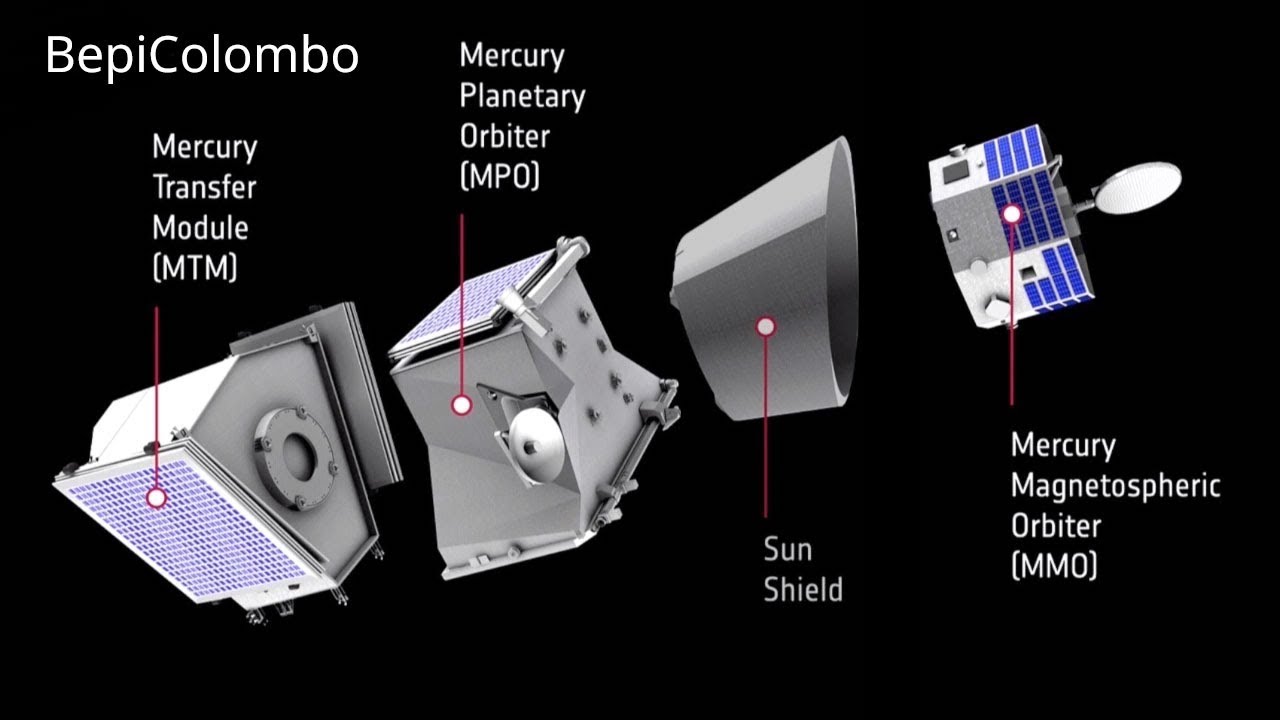
The Lucy spacecraft on the other hand, is only just beginning its long journey to visit the Trojan asteroids that lead or follow Jupiter in its orbit around the Sun. Launched on the 16th of October Lucy will swing by Earth twice in order to get gravity boosts before even heading to it’s first destination. That first asteroid is designated as 52246 Donaldjohanson after the discoverer of the famous hominid fossil Lucy for which the space probe is named.
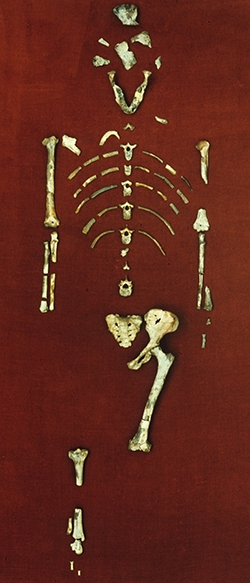
The Trojan asteroids have long intrigued astronomers, captured from the main asteroid belt between Mars and Jupiter by the Giant planet’s gravity the Trojans occupy the stable Lagrangian L3 and L4 positions, (see my post of 6 January 2017 for a discussion of the Lagrangian positions). Since the first asteroids in these groups were named for characters from Homer’s Iliad the L3 and L4 positions have become known as the Trojan positions.
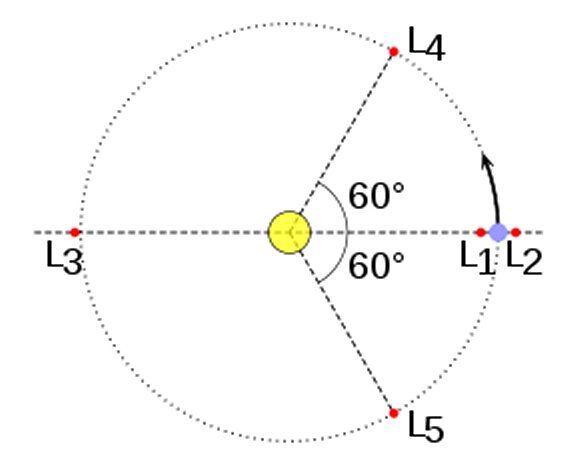
After flying past three asteroids in the group leading Jupiter in its orbit around the Sun in 2027 Lucy will head back towards the inner solar system making yet a third flyby of Earth before visiting the asteroids following Jupiter 2033. Altogether Lucy will visit more different bodies in the solar system than any previous spacecraft while making what is surely the most complex space voyage to date.
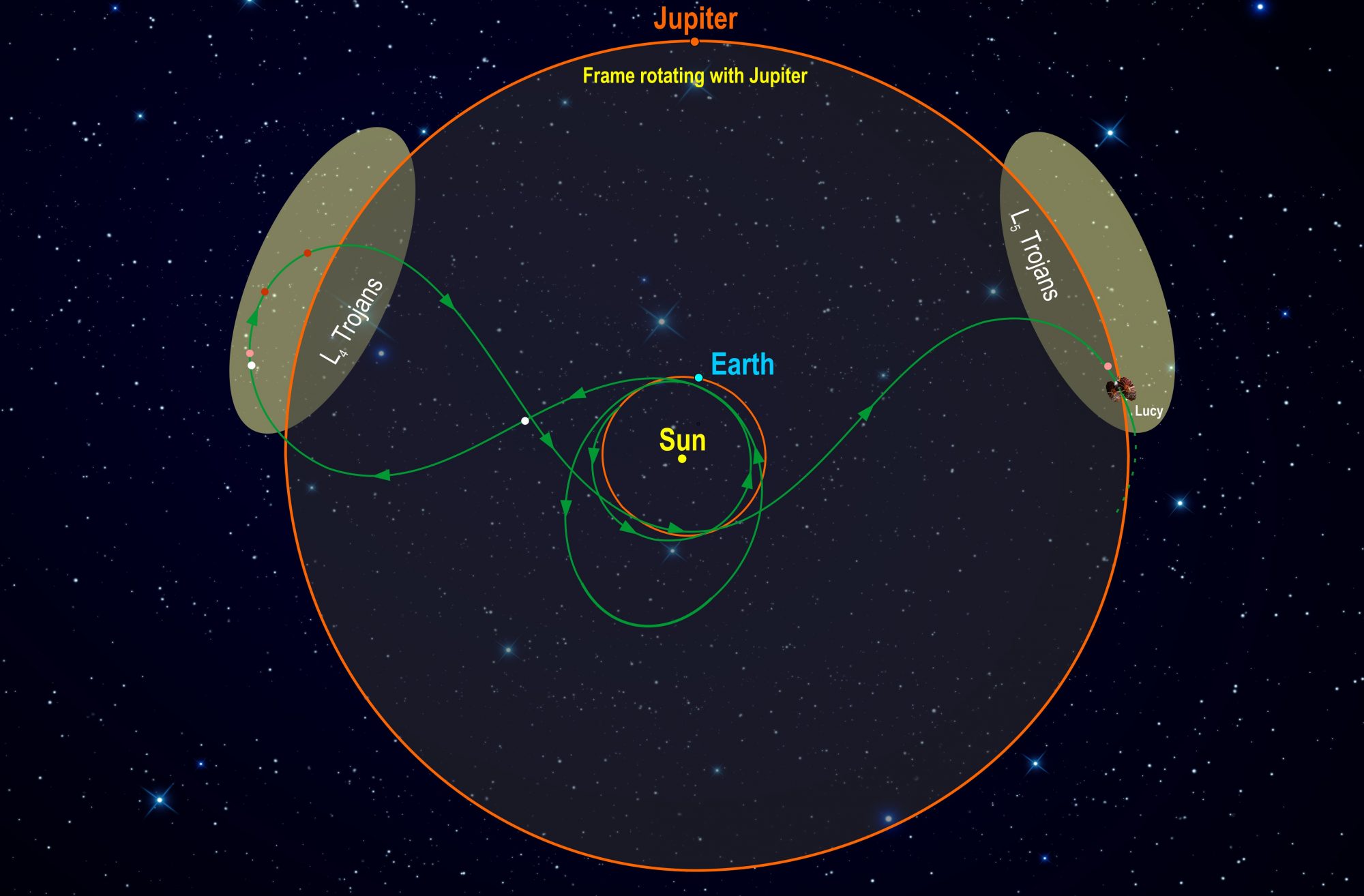
Unfortunately, when shortly after launch the space probe was order to deploy its two seven meter in diameter solar arrays only one array returned the proper signal that it had completely latched. The other array is producing power and exactly what the problem may be is unclear. At the present time NASA is trying to understand the problem before trying any fix and the space agency stresses that the probe is in no immediate danger. Still any spacecraft going as far from the Sun as Lucy is will need both its Arrays to be working properly.
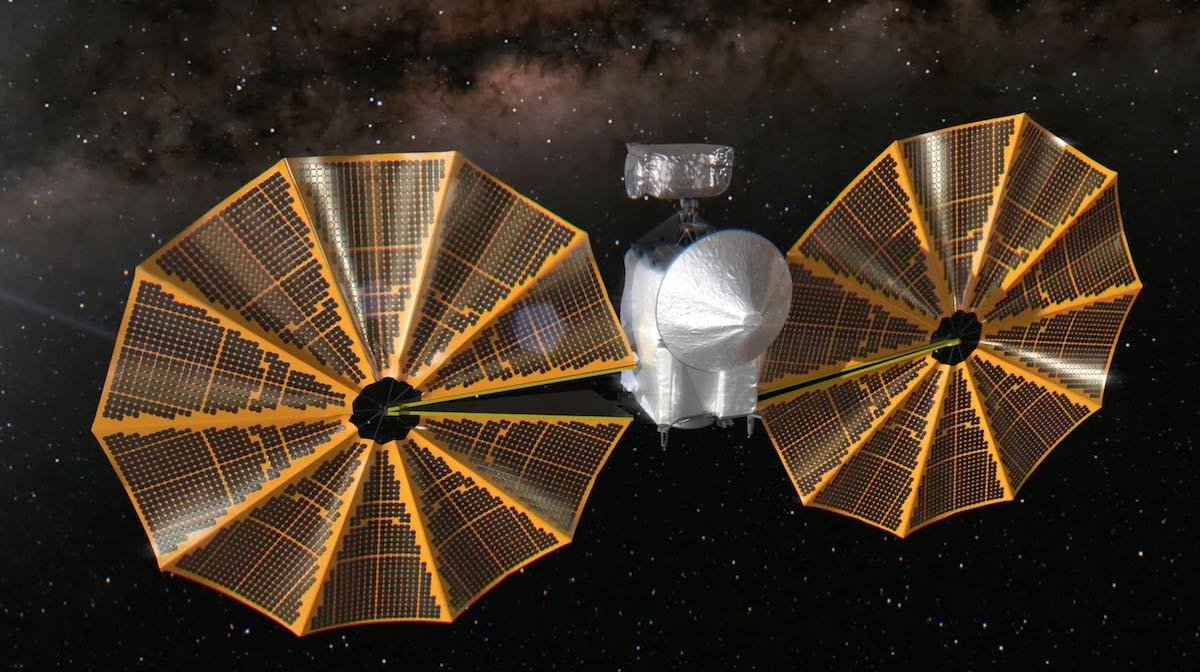
So there you have it, a little bit of manned spaceflight and a bit of robotic probes. Working together they are exploring our solar system in ways unimagined just a few decades ago.
